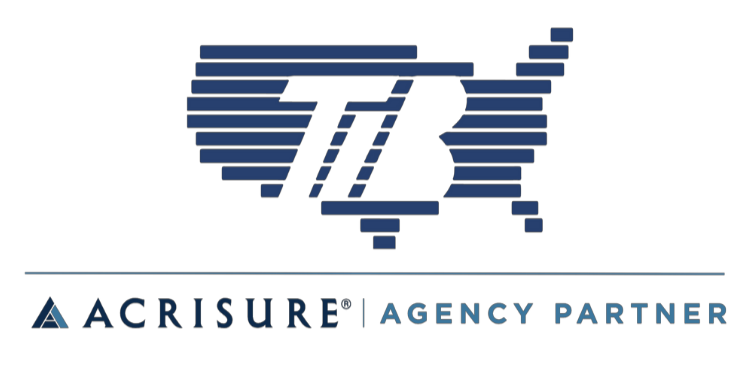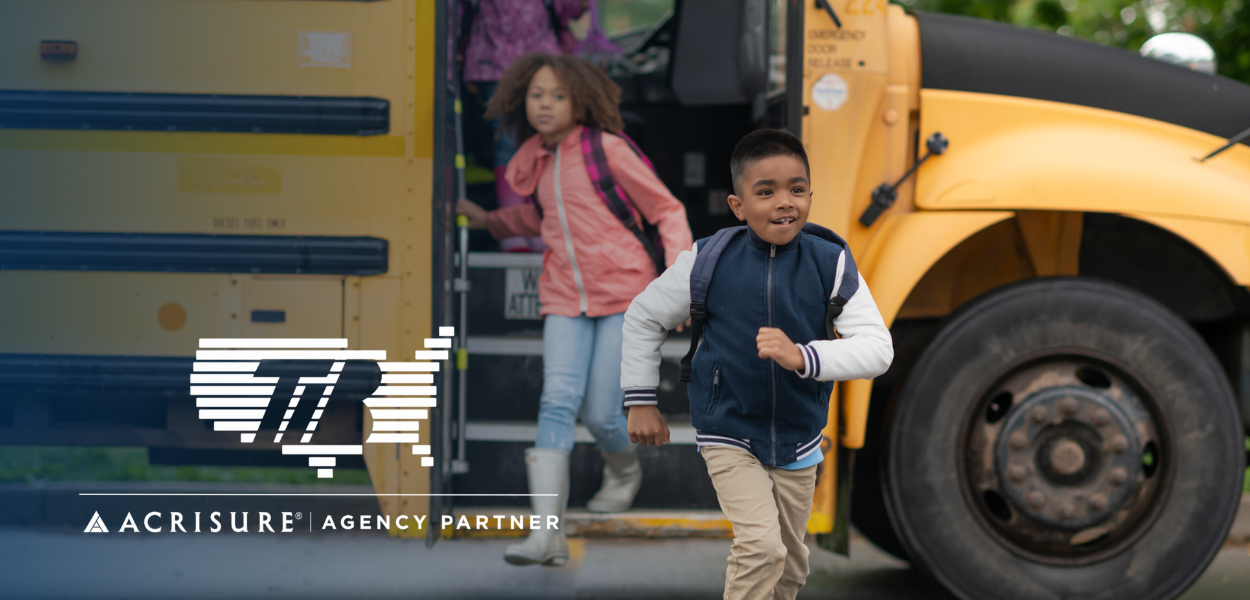No matter what type of passenger transportation your organization is involved with, inherent risks are present and must be taken seriously. This is especially true for those transporting education-related passengers, such as schoolchildren. Whether you operate a school bus, van, or any other vehicle educational organizations use, it’s essential to prioritize the well-being of those young passengers. In this blog, we will provide a comprehensive guide to safely transporting education-related passengers.
School Bus and Van Classification
When it comes to transporting education-related passengers, the two most common forms of transportation are school buses and vans. A school bus is typically much larger than a van and is designed specifically for transporting students, while vans are multipurpose vehicles.
According to the regulations set forth by the National Highway Traffic Safety Administration (NHTSA), a school bus is defined as a vehicle designed to transport a driver and more than ten passengers. Furthermore, NHTSA determines that the vehicle is to be extensively used for transporting students in pre-primary, primary, and secondary education to and from school, as well as for related events such as school-sponsored field trips and athletic events.
NHTSA’s guidelines align the capacity threshold for school buses with that of buses, which are vehicles intended to carry more than ten individuals. As a result, vans transporting more than ten people, fall under the classification of a bus according to NHTSA’s guidelines. This means such vans must adhere to NHTSA’s safety standards for school buses.
Ensuring Safety for Education-Related Passengers
Safety is always the number one priority when transporting passengers, especially schoolchildren. Here are key measures to ensure their well-being:
- Seat belt usage: Encourage and enforce the use of seat belts for all passengers, regardless of age. Implement age-appropriate restraint systems for younger children.
- Driver vigilance: Drivers should stay alert, focused, and free from distractions while operating a bus. They must adhere to all traffic laws, maintain safe speeds, and avoid any type of aggressive driving behavior.
- Loading and unloading: Establish strict protocols for loading and unloading passengers, especially for younger children. Designate safe zones, enforce the proper use of crosswalks, and assign adult monitors if necessary.
- Emergency preparedness: Drivers and staff should be trained on emergency procedures, including evacuation drills and handling medical situations. Also, maintain emergency kits on board and ensure they are readily accessible.
Implementing these practices and constantly enforcing them can help mitigate the risk of an accident or serious injury to passengers.
Safety and Commercial Regulations for Educational Organizations
Educational organizations engaged in transportation activities must be aware of and comply with pertinent safety and commercial regulations. Familiarize yourself with regulations for education-related transportation with the following resource.
Some of the key considerations your organization should keep in mind include:
- Federal Motor Carrier Safety Administration (FMCSA) Regulations: Stay informed about FMCSA regulations that govern commercial vehicles and drivers, including hours of service limitations, vehicle inspections, and drug/alcohol testing.
- State and Local Requirements: Research and comply with state and local regulations that may vary regarding licensing, vehicle safety inspections, and operational requirements.
- Insurance Coverage: Ensure appropriate insurance coverage for vehicles, drivers, and passengers, meeting the necessary liability requirements. This may include commercial auto insurance, general liability insurance, and passenger liability insurance just to name a few.
- Background Checks: Conduct thorough background checks for drivers, including driving records, criminal history, and drug screenings, as required by law.
There is absolutely no room to cut corners when it comes to the safety of passenger transportation. It’s the responsibility of organizations operating school buses to do their due diligence and ensure they are complying with all safety and commercial regulations.
TIB’s Comprehensive Insurance Protection for Peace of Mind
Business owners in the passenger transportation industry already have a lot on their plate. That’s why, at TIB Insurance, we are dedicated to providing top-of-the-line insurance coverage so you can have peace of mind knowing your operations are safely secured. No matter what unique risks and challenges your organization may face, our team of professionals can devise tailored insurance solutions to provide you with the highest level of protection. Please contact us today to set up an appointment and learn how we can help secure your operations.



